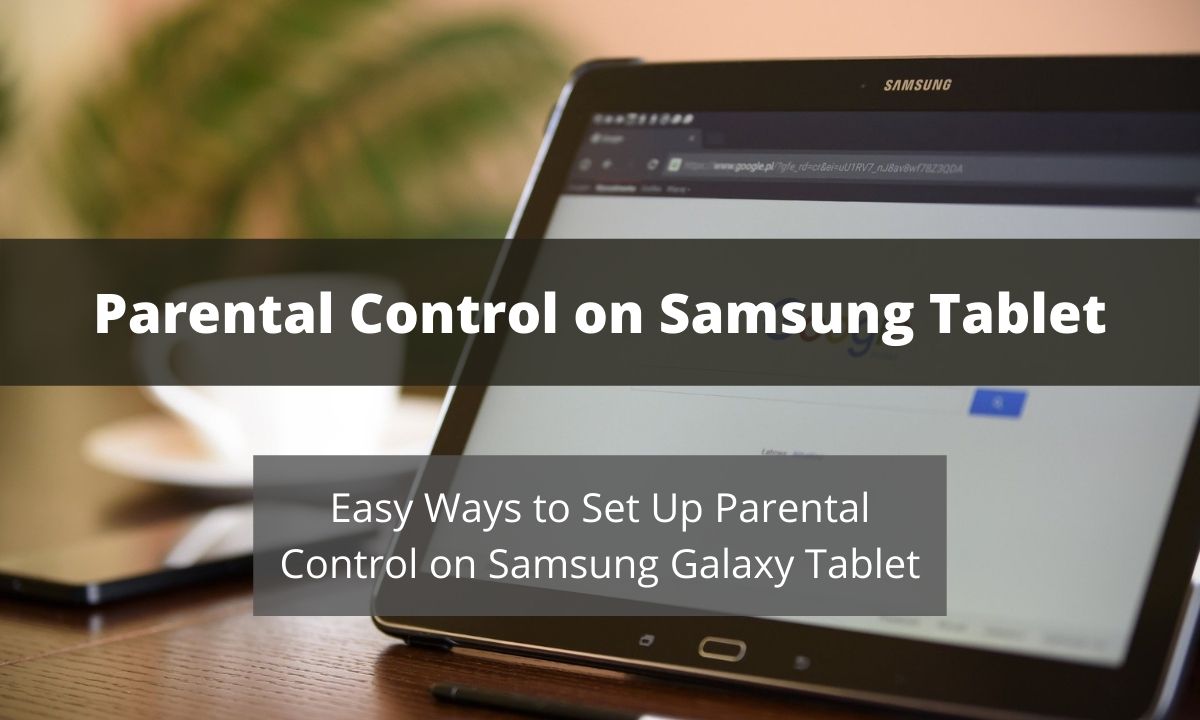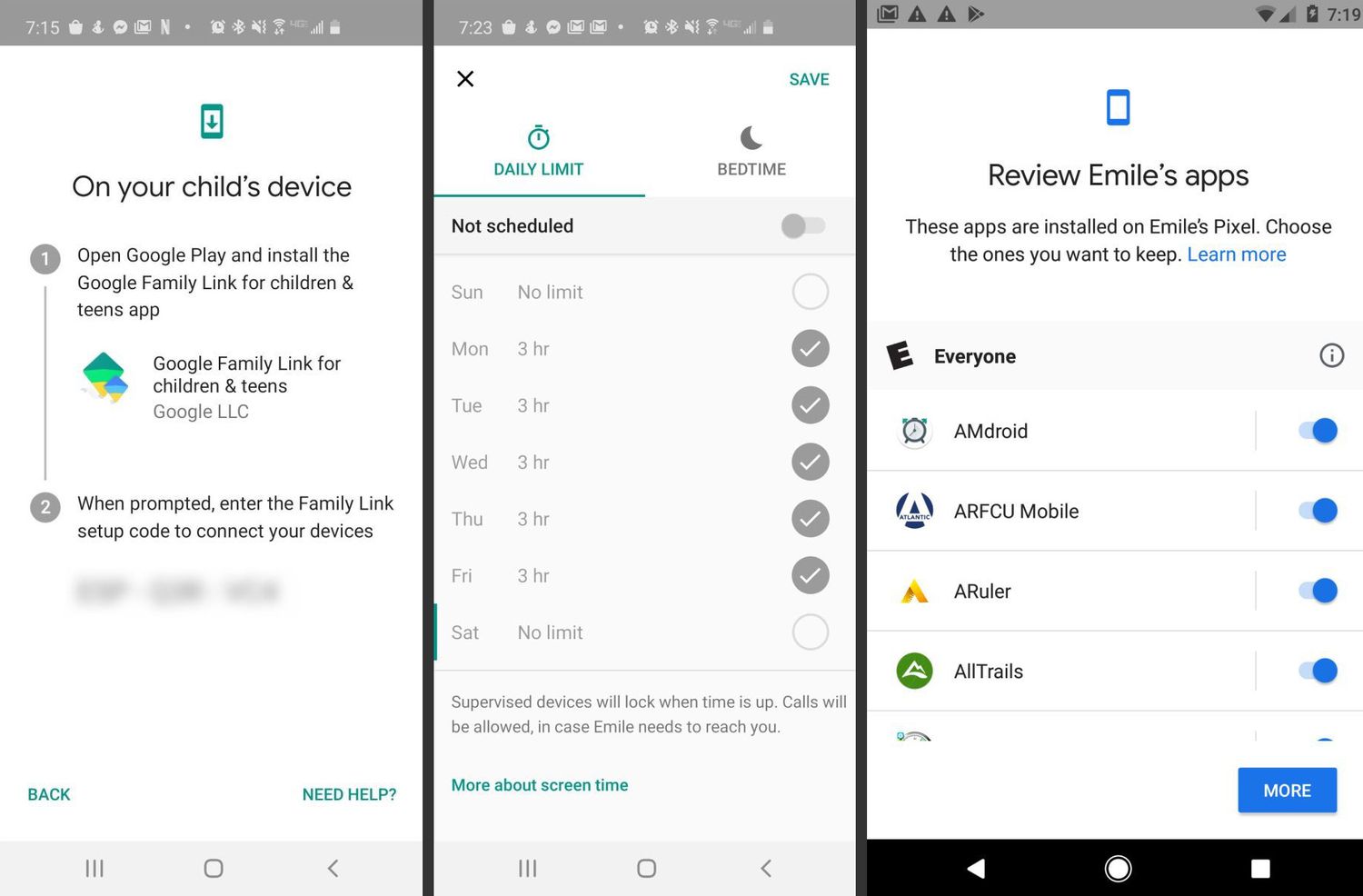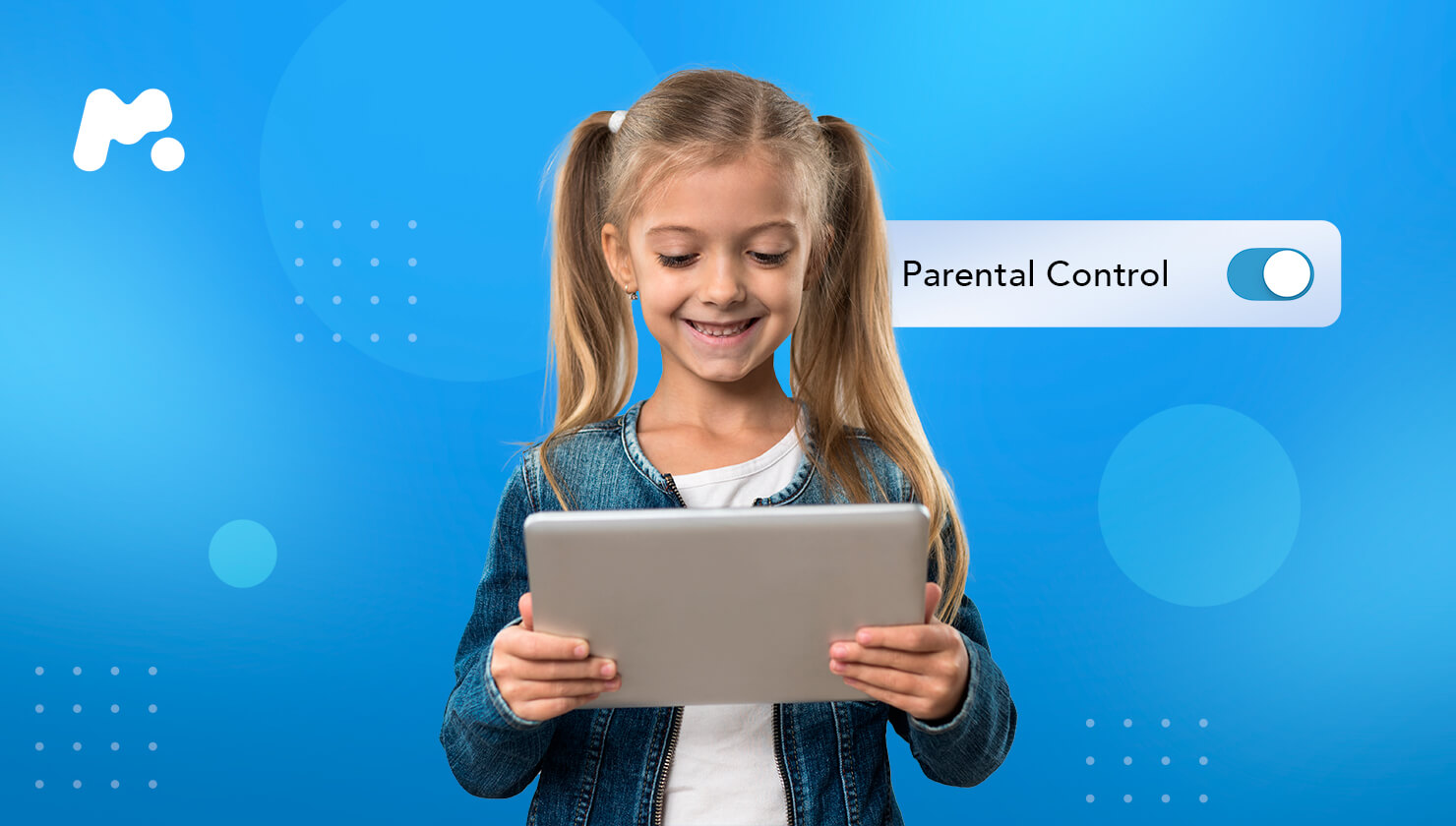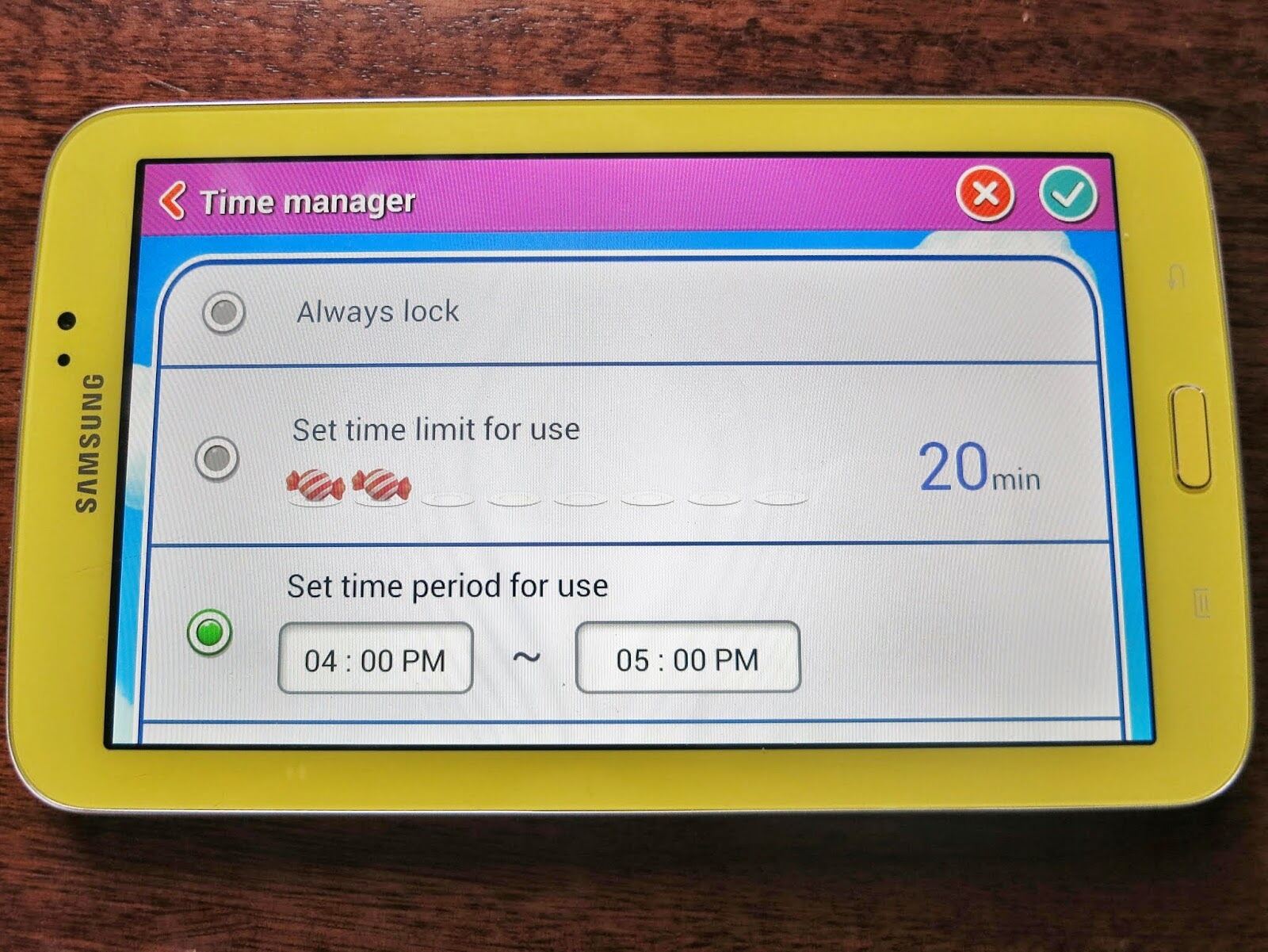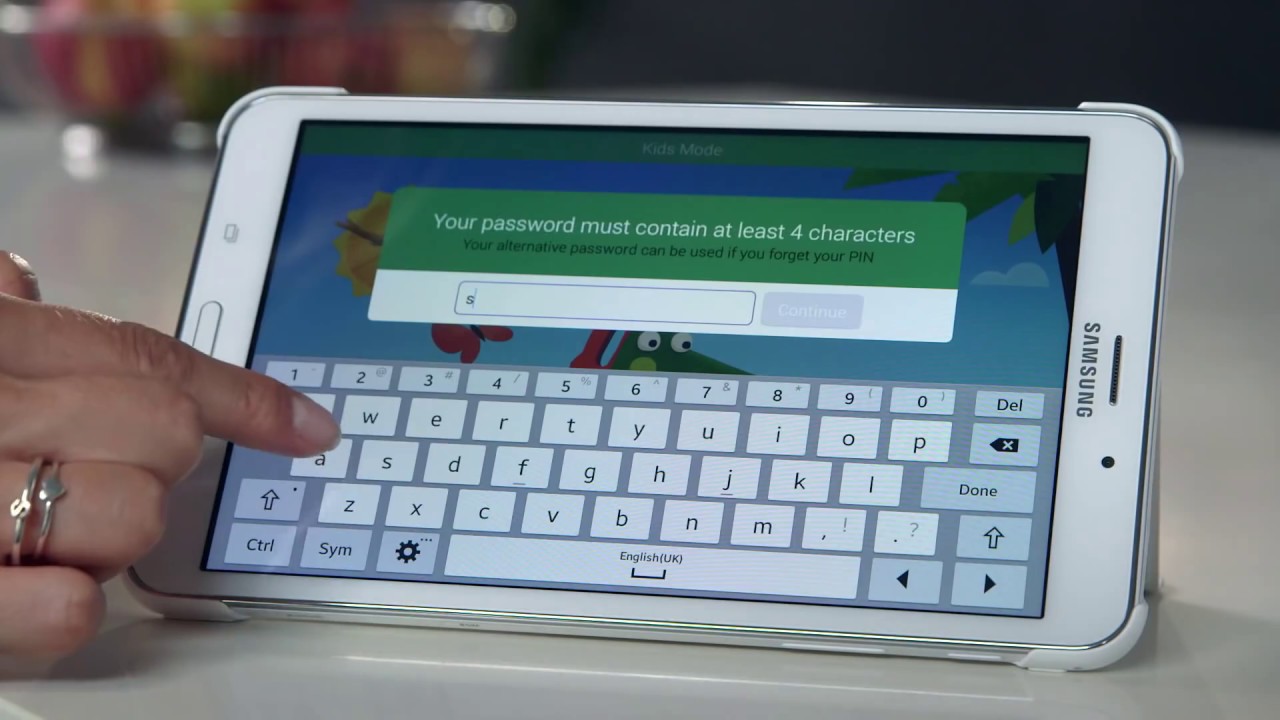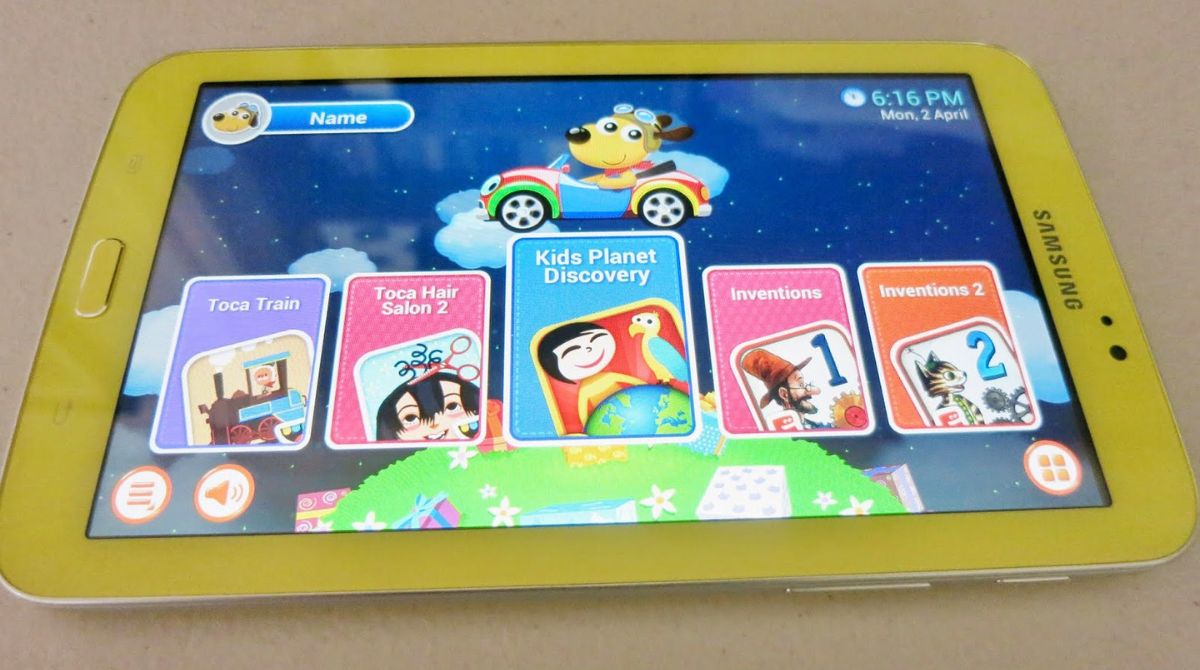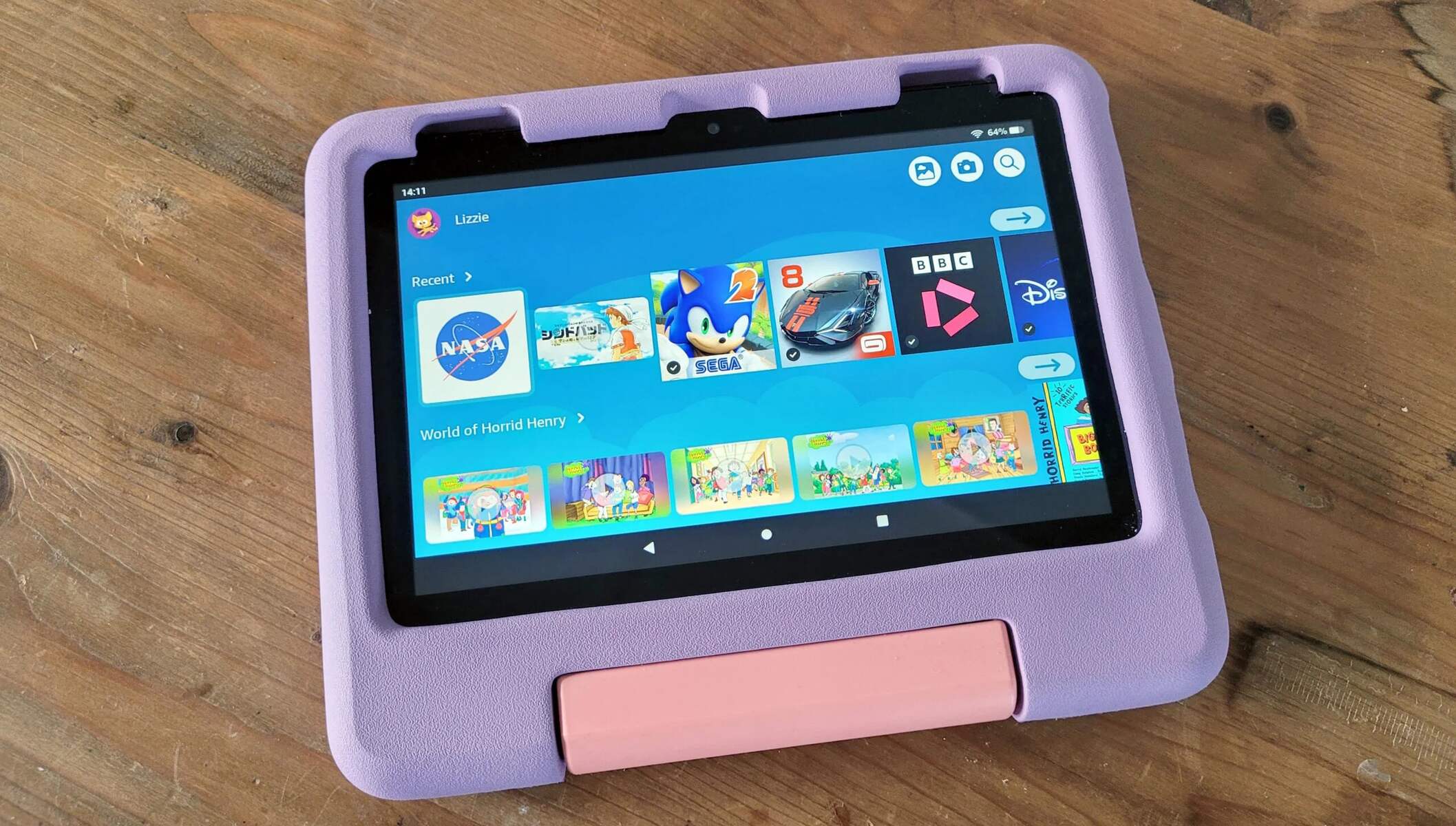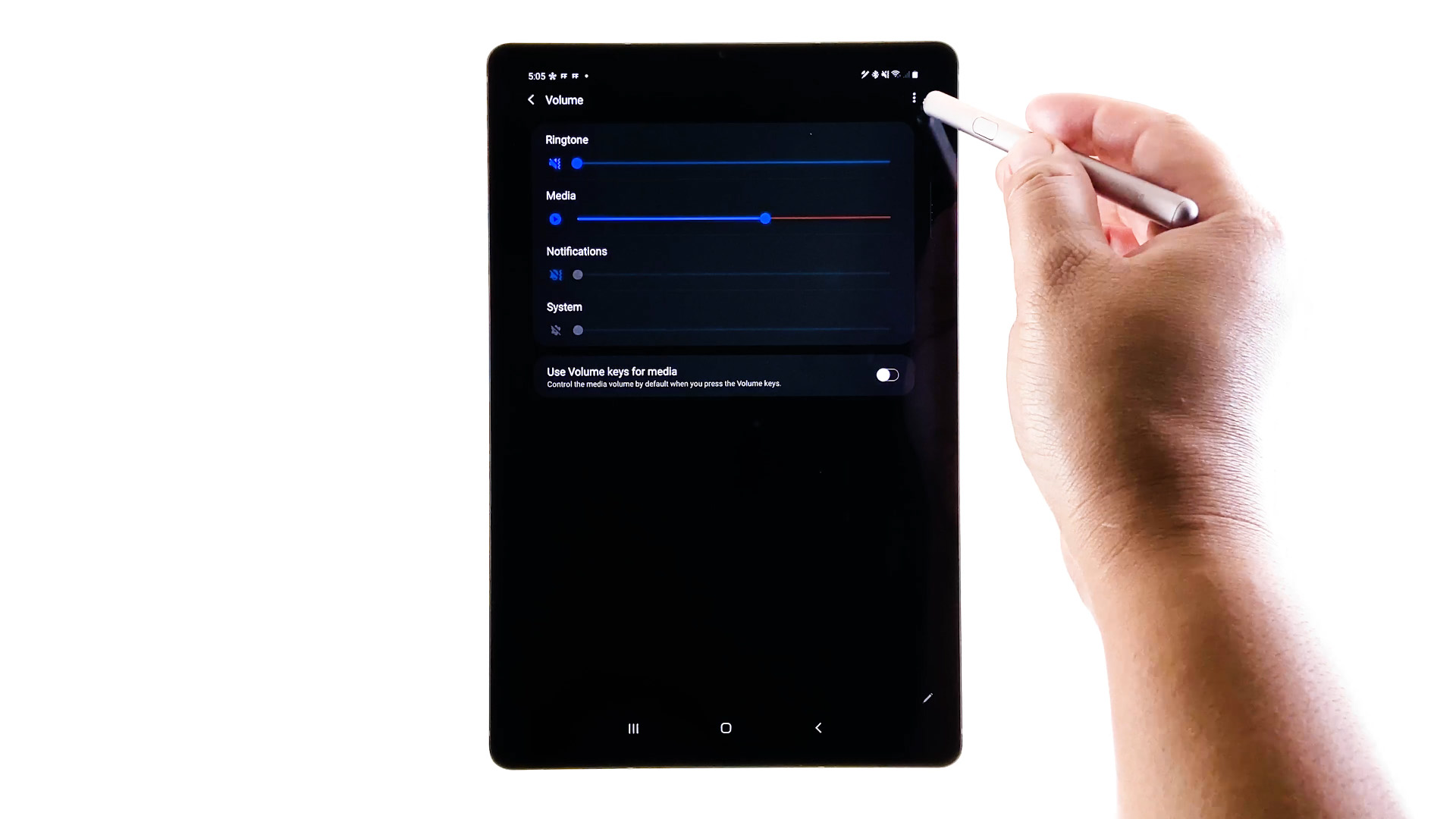Introduction
As a parent, it is essential to ensure that your children have a safe and age-appropriate digital experience. With the growing popularity of tablets, like the Samsung tablet, it has become imperative to implement parental controls to protect your children from accessing inappropriate content and spending excessive time on their devices.
Samsung tablets offer a range of built-in features and settings that allow you to set up parental controls to monitor and manage your child’s device usage effectively. In this guide, we will walk you through the step-by-step process of adding parental controls to your Samsung tablet, empowering you to create a safe and secure environment for your children.
With the right configurations, you can control the types of apps your child can access, limit their screen time, and even filter out objectionable content. By following the steps outlined in this article, you will be able to customize your Samsung tablet to meet the unique needs and preferences of your family.
Whether you are concerned about protecting your child’s privacy, preventing access to inappropriate content, or managing their overall usage, setting up parental controls on your Samsung tablet ensures that you can provide a safe and wholesome experience for your children’s digital explorations.
So, let’s dive in and discover how you can easily add and configure parental controls on your Samsung tablet, and empower yourself as a responsible digital parent.
Step 1: Accessing the Settings Menu
The first step in adding parental controls to your Samsung tablet is to access the settings menu. The settings menu houses all the necessary options and configurations you need to customize and manage your device’s parental control settings.
To begin, locate the “Settings” app on your Samsung tablet. This app is represented by a gear icon and is typically found on the home screen or within the app drawer. Tap on the “Settings” app to open it.
Once you are in the settings menu, scroll down and locate the “Parental Controls” or “Child Mode” option. Depending on your tablet model and software version, the specific wording may vary. Tap on this option to proceed.
If you do not see the “Parental Controls” or “Child Mode” option directly in the settings menu, you may need to look for it under the “Advanced” or “Additional Settings” section.
Upon selecting the “Parental Controls” or “Child Mode” option, you may be prompted to set up a separate user account for your child. This ensures that their activities, preferences, and restrictions are separate from your own.
Once you have created a user account for your child, you can proceed to the next step and enable the necessary parental control settings to protect and manage their device usage.
Step 2: Configuring User Accounts
Configuring user accounts is an essential step in setting up parental controls on your Samsung tablet. By creating separate user accounts, you can ensure that each family member, including your child, has their own personalized settings and restrictions.
To configure user accounts, follow these steps:
- Go to the “Settings” menu on your Samsung tablet and locate the “User and Accounts” or “Users” option. Tap on it to proceed.
- In the “User and Accounts” or “Users” menu, you should see a list of existing user accounts on your device. To add a new user account for your child, tap on the “Add user” or “Add profile” option.
- Next, you will be prompted to choose the type of account you want to create. Select “Restricted profile” or “Child profile” to create a dedicated user account for your child.
- Provide a name for the new user account, such as your child’s name, and optionally choose a profile picture to make it easily recognizable.
- Once you have created the user account for your child, you can customize it by selecting the specific settings and restrictions you wish to apply. These settings may include app permissions, allowed content types, and time limits.
- It’s important to ensure that the user account for your child is password-protected. This will prevent unauthorized access and ensure that the parental control settings are not tampered with.
By configuring user accounts on your Samsung tablet, you can establish a distinct space for your child’s device usage. This allows you to apply tailored parental control settings that suit their age, maturity level, and your family’s guidelines.
Now that you have successfully created a user account for your child, it’s time to enable parental controls and set additional restrictions to further safeguard their digital experience.
Step 3: Enabling Parental Controls
Once you have configured user accounts on your Samsung tablet, the next step is to enable parental controls. Enabling parental controls allows you to customize and enforce various restrictions on your child’s device usage, ensuring a safe and controlled digital environment.
To enable parental controls, follow these steps:
- Open the “Settings” menu on your Samsung tablet and navigate to the “Parental Controls” or “Child Mode” section.
- Within the parental controls settings, locate and toggle the switch to enable parental controls. You may be required to enter a PIN or password to proceed.
- Once enabled, you will have access to a range of options and settings that you can customize to meet your specific requirements.
- These settings may include app restrictions, content filters, screen time limits, and more. Take the time to explore each setting and adjust them according to your preferences.
- For example, you can choose to block specific apps or categories of apps that are not suitable for your child’s age. This ensures they only have access to age-appropriate content.
- Additionally, you can set time limits on how long your child can use their tablet each day. This helps to instill healthy screen time habits and prevent excessive device usage.
- Remember to create a strong PIN or password for the parental controls settings. This ensures that your child cannot alter or bypass these restrictions without your authorization.
By enabling parental controls on your Samsung tablet, you can effectively manage and regulate your child’s device usage. It provides you with the peace of mind that your child is using their tablet in a safe and responsible manner.
Now that you have enabled parental controls, it’s time to explore and configure specific app restrictions to further tailor your child’s digital experience.
Step 4: Choosing App Restrictions
Choosing app restrictions is an important part of setting up parental controls on your Samsung tablet. By selecting which apps your child can access, you can ensure that they only interact with age-appropriate content and avoid potentially harmful or inappropriate applications.
Here’s how you can choose app restrictions:
- Open the “Settings” menu on your Samsung tablet and go to the “Parental Controls” or “Child Mode” section.
- Within the parental controls settings, locate the option to manage app restrictions. This may be labeled as “App Permissions,” “App Control,” or something similar.
- In the app restrictions menu, you will see a list of installed apps on your device. Review this list and select the apps that you want to restrict your child’s access to. You can do this by toggling the switch or placing a checkmark next to each app.
- Some Samsung tablets offer the option to apply age-based app restrictions. If available, you can choose to set predefined age categories, such as “3+,” “7+,” or “12+,” and the device will automatically restrict apps based on their content rating.
- Additionally, you may have the option to manually block or allow specific app categories, such as games, social media, or streaming services. This gives you more granular control over the types of apps your child can use.
- Once you have chosen the app restrictions, make sure to save your settings. Your Samsung tablet will then enforce the selected restrictions and prevent your child from accessing the blocked apps.
- If your child tries to open a restricted app, they will either receive a notification that the app is blocked or be prompted to enter a PIN or password to access it.
By choosing app restrictions on your Samsung tablet, you can ensure that your child is only exposed to age-appropriate and educational content. It helps to create a safer digital environment and promotes responsible device usage.
Now that you have set up app restrictions, let’s proceed to the next step and establish screen time limits to manage your child’s device usage effectively.
Step 5: Setting Screen Time Limits
Setting screen time limits is a crucial aspect of managing your child’s device usage and ensuring a healthy balance between digital activities and other aspects of life. By defining specific time restrictions, you can control the amount of time your child spends on their Samsung tablet and promote a well-rounded routine.
Follow these steps to set screen time limits:
- Access the “Settings” menu on your Samsung tablet and navigate to the “Parental Controls” or “Child Mode” section.
- Within the parental controls settings, find the option to manage screen time limits. This might be labeled as “Screen Time,” “Usage Limits,” or something similar.
- Once you’re in the screen time limits menu, you can set the total daily usage time allowance for your child’s tablet. This can be in the form of a specific number of hours or minutes.
- In addition to the overall time limit, some Samsung tablets allow you to set specific time periods during which your child can use their device. For example, you can restrict usage during bedtime or homework hours.
- Consider enabling scheduled breaks to encourage your child to take regular intervals away from the screen. This can contribute to their overall well-being and ensure a healthy balance between digital and offline activities.
- As you configure the screen time limits, keep in mind the individual needs and circumstances of your child. Factor in aspects like age, school requirements, and extracurricular activities.
- Save your settings once you have defined the screen time limits. The Samsung tablet will automatically enforce these limits and notify your child when their allocated time is about to expire.
- During the usage period, your child may receive reminders or warnings indicating the remaining time. Once the screen time limit has been reached, the device may restrict access to non-essential functions or display a notification indicating that their time is up.
Setting screen time limits on your Samsung tablet helps maintain a healthy balance between online and offline activities for your child. It promotes focused study time, physical activity, and quality family interactions.
Now that you have established screen time limits, let’s dive into the next step and explore how to manage content filters to ensure a safe browsing experience for your child.
Step 6: Managing Content Filters
Managing content filters is an important aspect of setting up parental controls on your Samsung tablet. Content filters allow you to block or restrict access to certain types of content, ensuring that your child is protected from inappropriate or unsafe material.
Follow these steps to manage content filters:
- Go to the “Settings” menu on your Samsung tablet and navigate to the “Parental Controls” or “Child Mode” section.
- Within the parental controls settings, locate the option to manage content filters. This may be labeled as “Content Restrictions,” “Content Filtering,” or something similar.
- Once you’re in the content filters menu, you can customize the level of filtering based on your child’s age and maturity. Many Samsung tablets offer preset categories such as “Safe,” “Moderate,” or “Strict.” Choose the level that aligns with your preferences.
- Additionally, you may have the option to manually block or allow specific content types, such as explicit websites, adult content, violence, or gambling. By selecting the appropriate categories, you can ensure a safe browsing experience for your child.
- Some Samsung tablets also offer web filtering features, which allow you to block access to specific websites or set up a whitelist of approved websites for your child.
- Remember to save your content filter settings once you have made the necessary selections. The Samsung tablet will then apply the chosen filters and prevent your child from accessing restricted or inappropriate content.
- Regularly review and update the content filters as your child grows and their needs evolve. It’s important to maintain an age-appropriate and safe online environment.
By managing content filters on your Samsung tablet, you can create a protective barrier against potentially harmful or unsuitable content. This provides peace of mind and reinforces a safe and responsible digital experience for your child.
Now that you have configured content filters, let’s move on to the final step and learn how to review activity reports to stay informed about your child’s tablet usage.
Step 7: Reviewing Activity Reports
Reviewing activity reports is an essential step in effectively managing your child’s device usage and understanding their online behavior. Activity reports provide you with valuable insights into the apps they use, the content they access, and the time they spend on their Samsung tablet.
Follow these steps to review activity reports:
- Access the “Settings” menu on your Samsung tablet and navigate to the “Parental Controls” or “Child Mode” section.
- Within the parental controls settings, look for the option to view activity reports or usage history. It may be labeled as “Activity Tracker,” “Usage Logs,” or something similar.
- Once you’re in the activity reports section, you will see a summary of your child’s tablet usage, including the total screen time, the most frequently used apps, and a breakdown of their app categories.
- Take the time to review the activity reports regularly to gain an understanding of your child’s digital habits and identify any areas of concern or excessive usage.
- If available, you may also be able to view specific details, such as websites visited or search history, giving you further insight into your child’s online activities.
- Use the activity reports as a starting point for conversations with your child about responsible internet usage and reinforce any necessary guidelines or restrictions.
- Keep in mind that activity reports should be used as a tool for guidance and communication, rather than solely for monitoring or surveillance.
- Consider setting aside dedicated times to discuss the activity reports with your child, allowing them to share their experiences and address any questions or concerns they may have.
Reviewing activity reports on your Samsung tablet helps you stay informed about your child’s digital interactions and enables you to provide guidance and support as they navigate the online world.
With the completion of this final step, you have successfully set up and configured parental controls on your Samsung tablet. By following these steps and implementing the suggested measures, you have taken significant strides in ensuring a safe and age-appropriate digital experience for your child.
Conclusion
Setting up parental controls on your Samsung tablet is a vital step towards creating a safe and secure digital environment for your child. By following the steps outlined in this guide, you can customize your device to match your family’s needs and protect your child from inappropriate content and excessive screen time.
Starting with accessing the settings menu and configuring user accounts, you can ensure that each family member has their own personalized settings and restrictions. Enabling parental controls allows you to enforce various restrictions, such as app limitations and screen time limits, providing greater control over your child’s device usage.
Choosing app restrictions enables you to filter out inappropriate or unsuitable applications, while setting screen time limits helps maintain a healthy balance between online and offline activities. Managing content filters ensures safe browsing and blocks access to potentially harmful content.
Lastly, reviewing activity reports gives you valuable insights into your child’s tablet usage, allowing you to have informed discussions and address any concerns that may arise.
By implementing these measures, you become empowered as a responsible digital parent, guiding and protecting your child’s online experiences.
Remember, while parental controls provide an important layer of protection, it is equally important to communicate openly with your child about online safety and responsible internet usage. Encourage dialogue, set rules together, and emphasize the importance of making safe choices online.
With these tools and your active involvement, you can create a safe and nurturing digital environment, empowering your child to explore and learn while staying protected from potential risks.
Now, take the knowledge and steps provided in this guide and tailor them to suit your family’s needs. Embrace the power of parental controls on your Samsung tablet and embrace the journey of fostering a responsible, safe, and enjoyable digital experience for your child.









